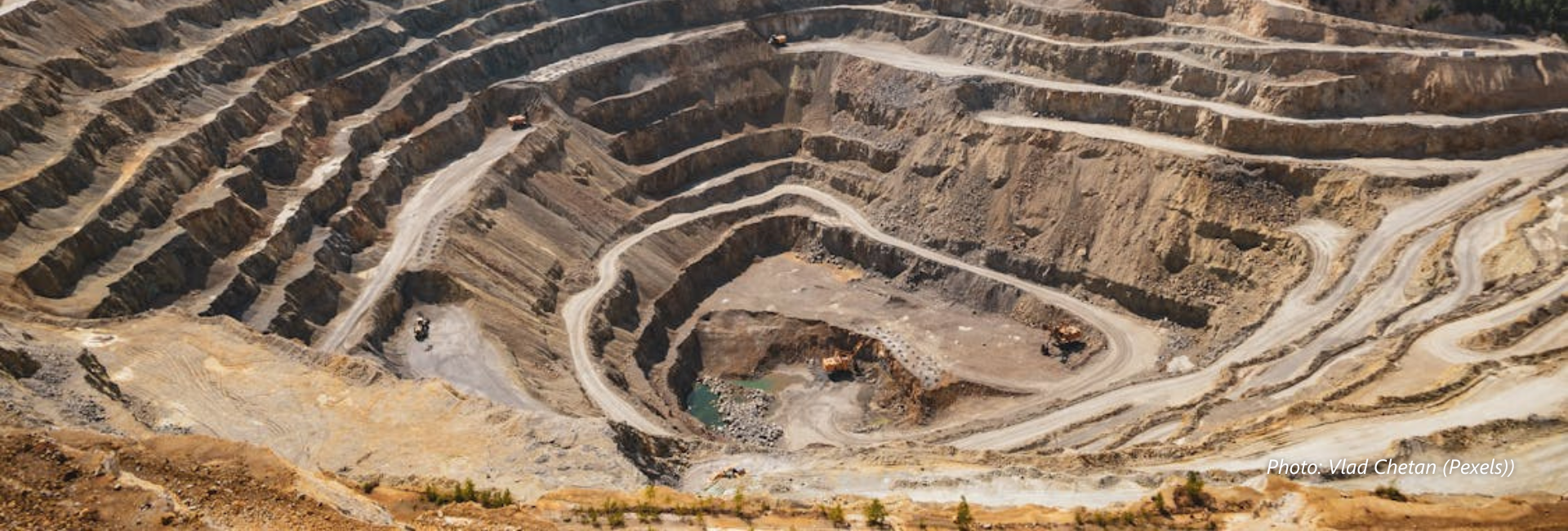In the last five years, mining has become the key sector in Kabupaten Sumbawa Barat (KSB)’s economic growth, contributing 76.19% in 2019. However, amidst the rapid growth of the mining industry, what is the social and economic picture of the mining communities in KSB?
Data from Statistics Indonesia (BPS) indicates that poverty levels in KSB remain above the national average. Moreover, human development indicators in KSB continue to lag behind national figures, despite outperforming those of its province, Nusa Tenggara Barat. KSB’s Human Development Index (HDI) has consistently increased since 2016 and it reached 71.52 in 2019. This relatively high HDI score might be driven by high educational levels and living standards of the people in KSB.
SMERU, in collaboration with PT Amman Mineral Internasional Tbk’s Social Impact Department (Amman), conducts a baseline assessment to map the socioeconomic conditions of communities surrounding the mining area in KSB. This assessment is expected to inform the community development programs in the mining area, aiming to improve the welfare of the people in KSB, with a particular focus on those residing near the mine.
This study provides baseline data to map the socioeconomic conditions and issues of communities surrounding the mining area. This baseline data will serve as a benchmark to track changes in various welfare indicators and measure the impact of implemented programs in a future endline study.
Specifically, this study aims to:
- Collect and analyze the baseline data to understand the socioeconomic conditions of mining communities using several welfare indicators adapted from the national and international standards
- Formulate input recommendations for ongoing and future community development programs implemented in the mining area to improve community welfare
It is important to note that this study does not examine the overall impact of the mining industry on the livelihoods of people in KSB.
This study employs both quantitative and qualitative approaches to analyze socioeconomic data collected in November 2022 from two regions: the treatment area (KSB) and the control area (Kabupaten Sumbawa). This combined approach strengthens and sharpens the analysis.
Quantitative data collection was conducted through in-person surveys with random sampling of 1,000 households from 9 kecamatan (subdistricts) in 2 study areas. The selection of the kabupaten and kecamatan is based on a set of criteria and is finalized through a discussion process with the Amman’s Social Impact Team.
For the qualitative study, we carefully selected two kecamatan and two villages (in the treatment area) and one village (in the control area) from the pool of kecamatan and villages in the quantitative study. A purposive sampling approach was employed to select the kecamatan and villages, guided by specific considerations.
In-depth interviews are employed to gather qualitative data. We initiate primary data collection by conducting online interviews with three Amman program partners representing the three pillars of community development program activities. Subsequently, face-to-face qualitative primary data collection is carried out at the study site.




